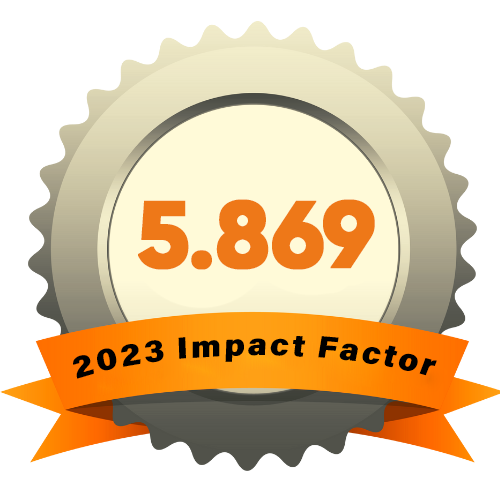NEW INFORMATION TECHNOLOGIES IN TEACHING ENGLISH SPEAKING SKILLS FOR PUPILS
Abstract
This article is dedicated to the new opportunities offered by multimedia devices have been used in various fields of activity. Multimedia methods, of course, play a leading role here. These technologies are used in language teaching in various forms of organization of students' activities, such as: classroom work; extracurricular work; distance learning and mixed or combined learning, containing elements of classroom and remote control. It is worth noting that blended learning is currently considered the most promising form of teaching foreign languages. With a competent approach, it allows you to combine direct communication with the teacher and the group and the use of digital technologies in classroom classes in order to organize independent work and additional communication using electronic means of communication. However, in secondary school, the main forms of organizing educational activities using multimedia and digital technologies will be classroom (before total) and extracurricular activities.
References
Holmberg B. Theory of Teaching-Learning Conversations / B. Holmberg // Moore M. G. Handbook of Distance Education. The Pennsylvania State University, 2007
Kail R. Children and their development / R. Kail. 3rd ed. Upper Saddle River. - NJ: Prentice Hall, 2004
Keegan D. The foundation of distance education / D. Keegan. L.: CroomHelm, 1986.
Nuruzzaman A. The Pedagogy of Blended Learning: A Brief Review/ А. Nuruzzaman //International Journal of Education and Multidisciplinary Studies, 2016.
Palmer H. The scientific study and teaching of languages/ H. Palmer; edited by David Harper. - London: Oxford U.P., 1968.
Porter L. Developing an online curriculum: Technologies and Techniques/ L. Porter. // Embry-Riddle Aeronautical University, USA, Information Science Publishing, 2004.
Nabiyeva, N. S. (2022). “MAHBUB UL-QULUB” ASARI YOSHLARNI KOMILLIK SARI BOSHLAYDI. Oriental renaissance: Innovative, educational, natural and social sciences, 2(7), 484-488.
Saidovna, N. N. (2022). Review Teaching of Alisher Navoi's Lyrics.
Saidovna, N. N. (2021). About oybek's novel" navoi". ACADEMICIA: An International Multidisciplinary Research Journal, 11(7), 153-156.
Saidovna, N. N. (2022). “MAHBUB UL-QULUB” ASARI YOSHLARNI KOMILLIK SARI BOSHLAYDI.
Nuraliyeva, G., & Himoyiddinova, M. (2023). INGLIZ TILIDA IBORALARNING QOʻLLANILISHI. Journal of new century innovations, 23(4), 79-82.
Nuraliyevna, G. N., & Ochil o'g'li, O. R. (2023). TEACHING VOCABULARY IN CLASSROOM FOR SECONDARY AND PRIMARY SCHOOL CHILDREN, AN EFFECTIVE METHODOF TEACHING IN EDUCATION. Open Access Repository, 4(2), 612-616.
Nuraliyeva, G., & Raimov, O. (2023, February). COMPARING SOME IDIOMATIC EXPRESSIONS BETWEEN ENGLISH AND UZBEK LANGUAGES WITH THE HELP OF JANE AUSTENʼS BOOK “PRIDE AND PREJUDICE”. In INTERDISCIPLINE INNOVATION AND SCIENTIFIC RESEARCH CONFERENCE (Vol. 1, No. 6, pp. 60-65).
Nuralievna, N. G. (2022). FEATURES OF EFFECTIVE WRITING FOR B1 LEARNER IN HIGHER EDUCATION ENGLISH Muradova Sevara Zoir kizi.












